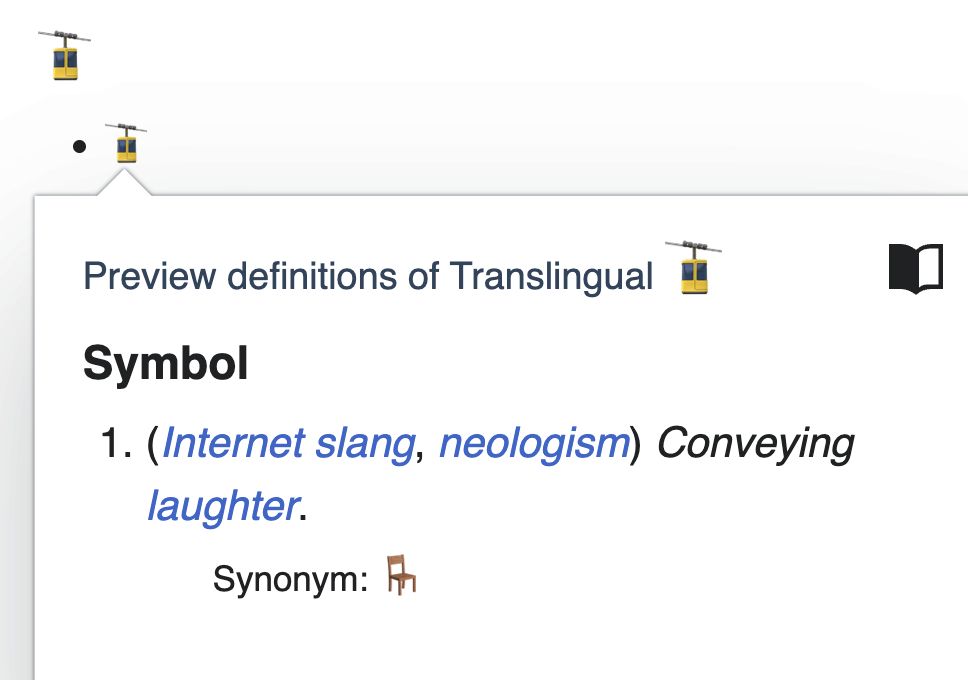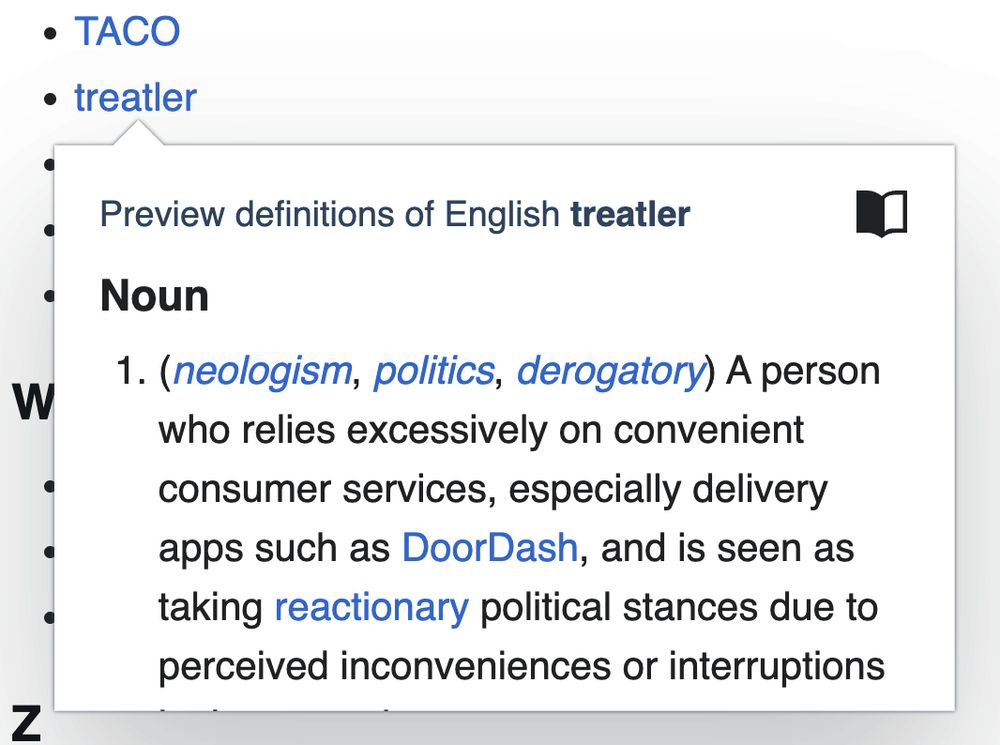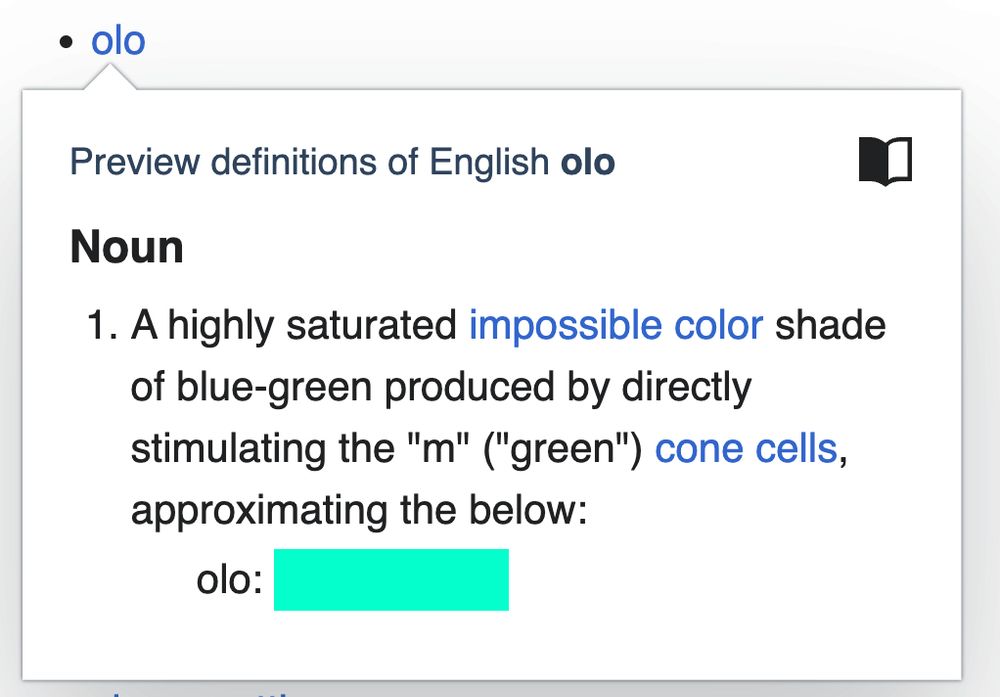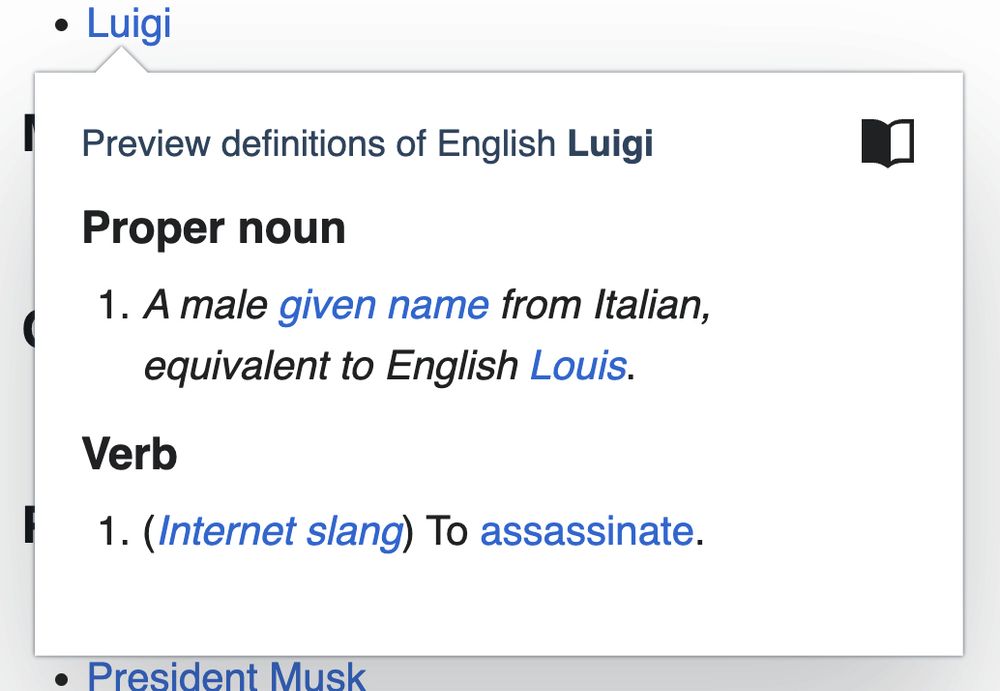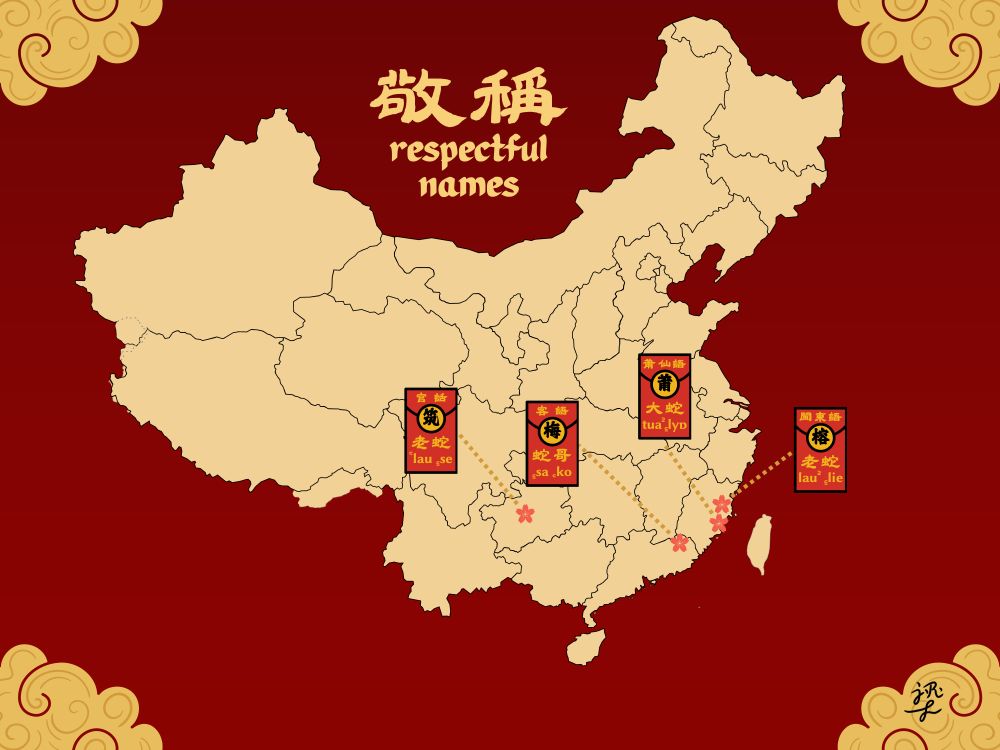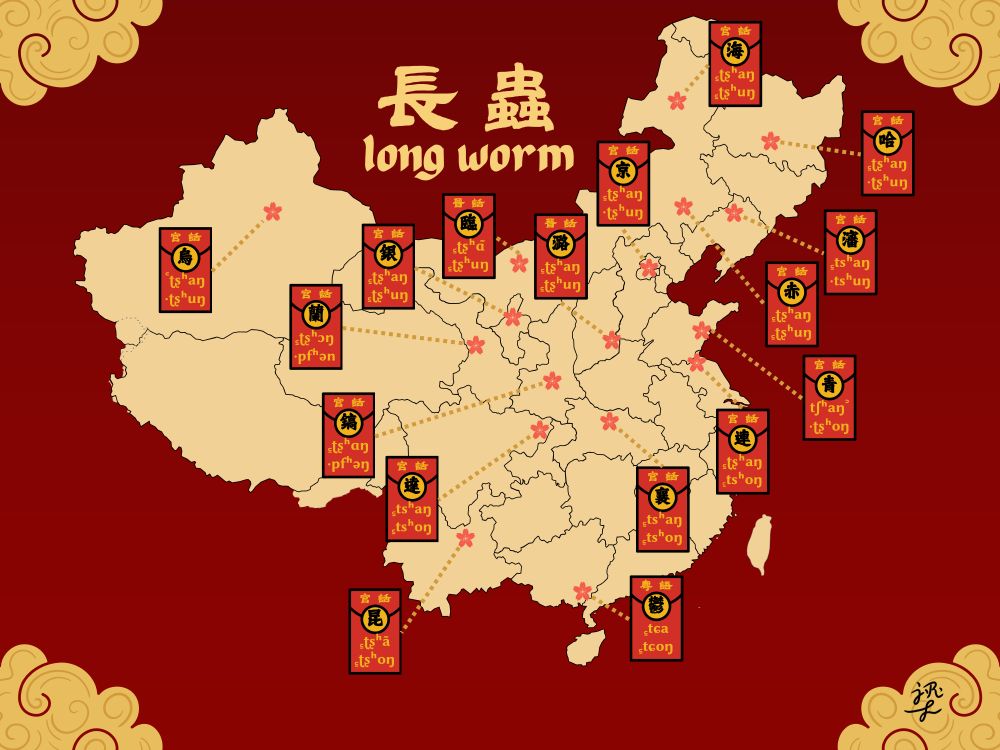Justin R. Leung 梁路明
@justinrleung.bsky.social
560 followers
340 following
90 posts
Christ follower, PhDing @uoftlinguistics.bsky.social (heritage languages, LVC, morphosyntax, Cantonese), editing and admining @enwiktionary.bsky.social, learning (about) languages. Prov. 3:5–6.
效基督、學語言、語言學。箴三5–6。
🇨🇦🇭🇰😅
Posts
Media
Videos
Starter Packs
Pinned
Just published "Biased questions: Experimental results and theoretical modelling" edited by Tue Trinh, Anton Benz, Daniel Goodhue, Kazuko Yatsushiro & Manfred Krifka #openaccess #tgdi langsci-press.org/catalog/book...

Reposted by Justin R. Leung 梁路明
Linguist List
@linguistlist.bsky.social
· Sep 18
Books: Continuing Syntax: Roberts (2025)
A logical and clear exposition of hierarchy and locality by a leading figure in the field, Continuing Syntax takes students from an introductory level of syntactic theory to an understanding of cutting-edge research in the field. A comprehensive range of topics is covered, including configurationality, head-movement, clause structure, nominal structure, subjacency, barriers and phases, ensuring that students have a thorough understanding of all the main components of contemporary theory. The man
dlvr.it
Reposted by Justin R. Leung 梁路明
Reposted by Justin R. Leung 梁路明
Reposted by Justin R. Leung 梁路明
Reposted by Justin R. Leung 梁路明
Reposted by Justin R. Leung 梁路明
Reposted by Justin R. Leung 梁路明
Reposted by Justin R. Leung 梁路明
Reposted by Justin R. Leung 梁路明
Reposted by Justin R. Leung 梁路明







